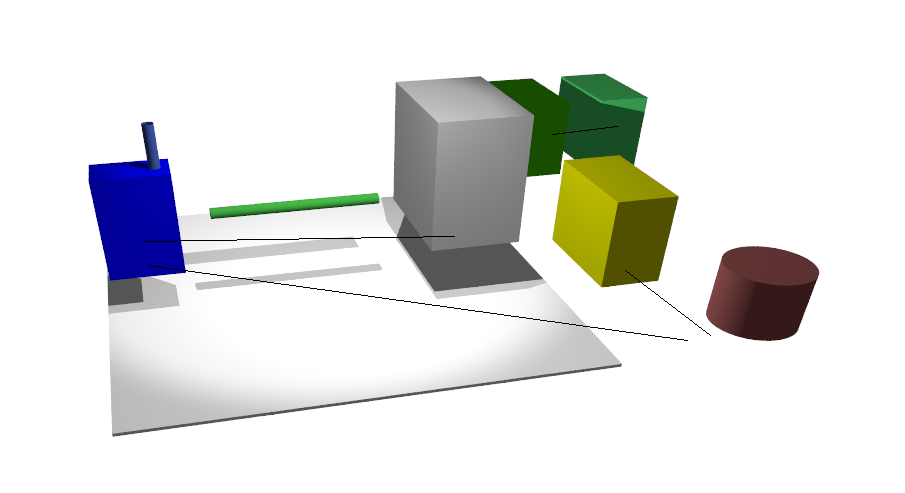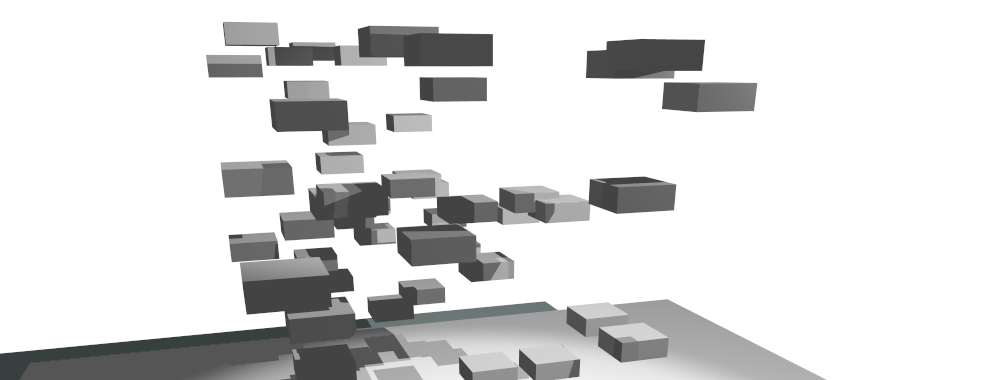
About
Berlin from Austin is a professional software engineer with more than a fifteen years of professional application development experience that has a proven track record of producing quality distributed software. My non-professional programming career started in Austin, Texas when I was 10 years old with the TRS-80 with early BASIC (Tandy RadioShack) and I haven't stopped programming since.
Specialties: Backend Java development, Frontend Hybrid development IBM Mobilefirst/Worklight, J2EE, performance analysis, web application security, IBM Webshere, IBM DB2 with a focus on Financial Services and Insurance. With new focus on #Atlanta, #AI, #LLM, #Blockchain
Core Blog, Social Media and Tutorial Links
Blog and Social Media Links
Main Blog Twitter Profile
Berlin from Austin - Bluesky
Blog - Berlin Misc
Github and Tutorial Sites
OctaneMechOpenGLGame - Umbra Mech
glAnts is an example OpenGL C++ project that simulates a mech-style game featuring 3D rendering and basic real-time networking. Originally written in C, it's a retro-style graphical demo showcasing object-based rendering, camera movement, particle effects, and rudimentary multiplayer capabilities. It's useful as a learning project for OpenGL, game architecture, and client-server networking concepts in C++.
Learn about: gamedev, OpenGL, C++
Openbotlist Social - now Umbra Social Alpha Zero
Openbotlist is an open-source project designed to empower communities and foster discussions through a fast, basic URL posting primary platform. Built primarily in Java, this project leverages the power of JRuby and other cutting-edge technologies to deliver a robust and scalable user experience.
With a MySQL backend, OpenBotList ensures data reliability and flexibility, making it ideal for small-to-large-scale deployments. This platform is perfect for creating niche forums, Q&A hubs, or social content aggregators tailored to your needs.
Learn about: Java, Spring, JRuby, JVMs
LightReports
There aren't many open, easy-to-use tools for generating PDF, Image, or SVG report documents that use a black box approach. Light Reports combines a set of simple tools for converting XML or HTML documents into PDF documents.
Learn about: Java, Clojure, JVMs
JVM Notebook
The JVM Notebook serves as a comprehensive review of JVM languages, exploring their features and interplay with the JVM ecosystem.
Learn about: JVM languages
